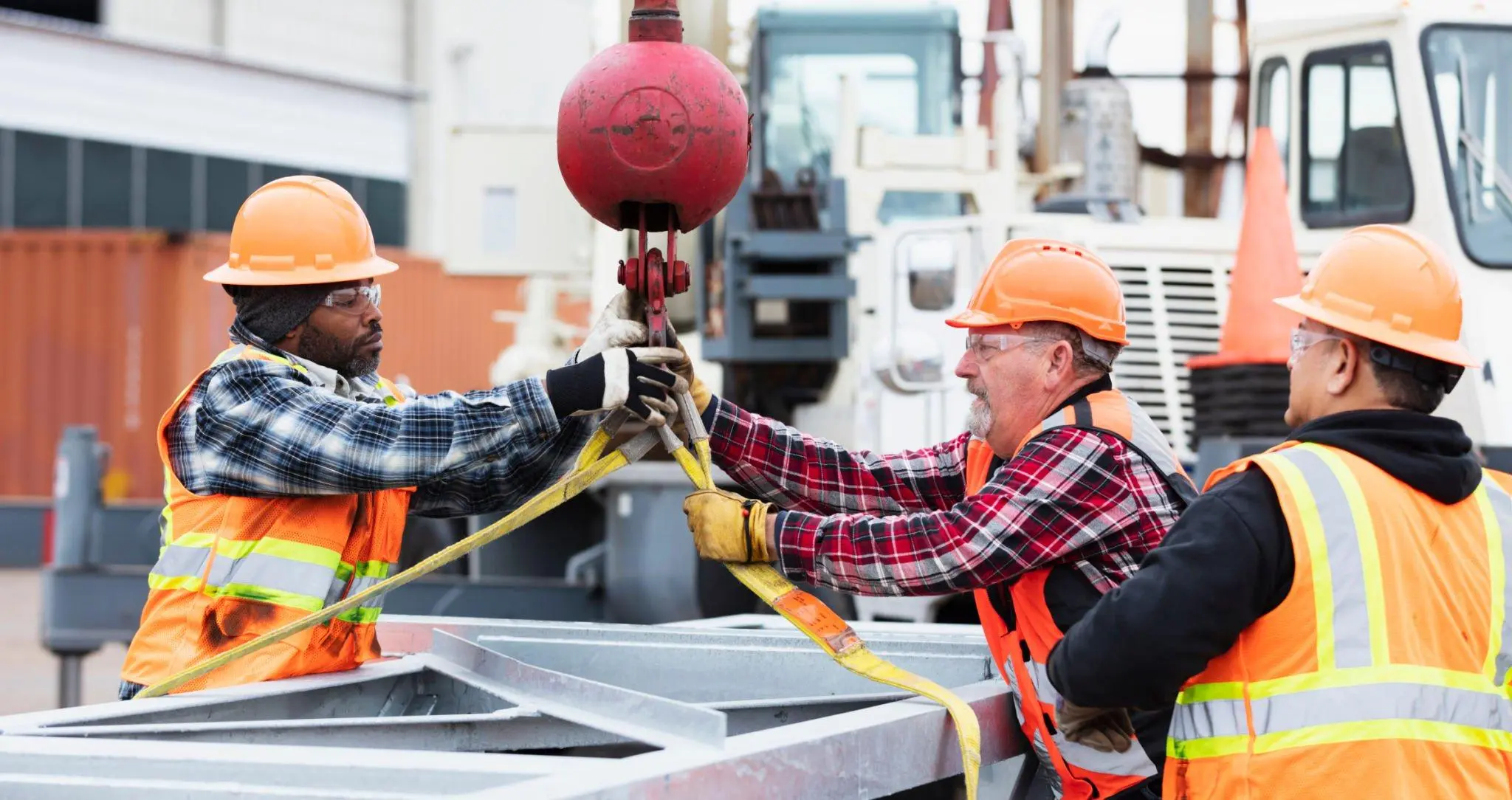Lifting Supervisor
This course is a requirement for an individual who is not a licensed rigger or a designated foreman of a licensed rigger to supervise the hoisting or lowering of articles on the outside of a building with hoisting equipment. In lieu of completing this course, an individual may instead possess a department approved national rigging certification.
Introduction to Cranes & Derricks
Include instruction on inspection, maintenance, repair, use, installation, hazards associated with the relevant sections of the building code and industry practice with regards to Rigging
Crane & RIGGING Accidents
- Common causes of accidents with cranes
- Historical crane accidents in NYC and other major cities
- Overview of rigging incident statistics for the most current 24-month period:
- Failure; injury; death. Close review of two failure scenarios with emphasis on
- what went wrong and how the incident could have been prevented.
Crane Setup
- Ground conditions
- Deviation from plans not permitted
- Founding of crane, outrigger placement and cribbing
- Danger to underground infrastructure, excavations, foundations, etc.
CFR 29 OSHA 1926 Overview
- Subparts: E (PPE-Personal Protective Equipment),
- H (Material Handling, Storage),
- K (Electrical),
- L (Scaffolds),
- M (Fall Protection)
Operating Crane
- Starting up the crane
- Hazards of operating in a dense urban environment
- High wind hazards
- Operating near power lines
- Prohibition against hoisting over pedestrians, traffic & adjoining buildings
- Requirements for shutting down and securing the crane
- Communication between workers & supervisors while rigging: radios; hand signals; flags; etc.
Reading Load Charts
- Chart understanding
- Multiple Equations
- Approved load chart reading criteria

